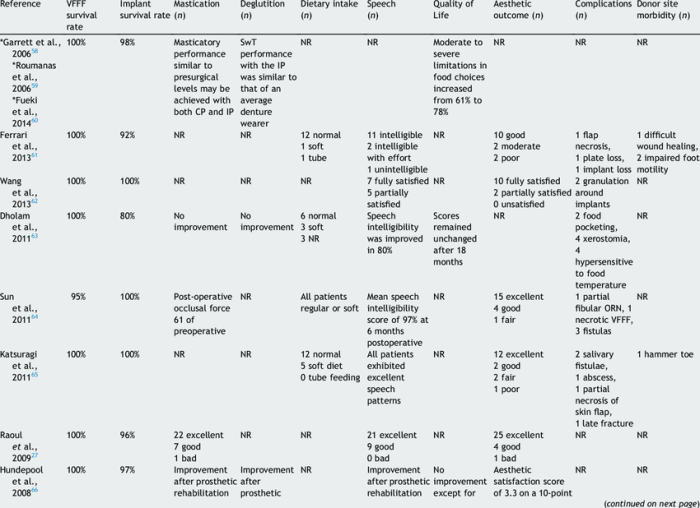Acquires and integrates functional outcome data – Acquiring and integrating functional outcome data is a critical aspect of healthcare, enabling clinicians and researchers to assess the effectiveness of interventions and improve patient care. This comprehensive guide delves into the methods, challenges, and applications of functional outcome data acquisition and integration, providing valuable insights for professionals in the field.
As healthcare systems strive to optimize patient outcomes, the importance of functional outcome data cannot be overstated. This data provides objective measures of a patient’s physical, cognitive, and emotional functioning, allowing healthcare providers to make informed decisions about treatment plans and monitor progress over time.
1. Data Acquisition

Functional outcome data can be acquired from a variety of sources, including electronic health records (EHRs), patient-reported outcome measures (PROMs), and clinical registries. Data collection tools and techniques include surveys, questionnaires, and performance-based assessments.
Data quality and reliability are crucial for ensuring the validity of analysis results. Data should be collected using standardized protocols and validated measures, and missing data should be handled appropriately.
2. Data Integration: Acquires And Integrates Functional Outcome Data

Integrating functional outcome data from different sources involves several processes, including data harmonization, data mapping, and data linkage. Data harmonization ensures that data from different sources are consistent and comparable, while data mapping establishes relationships between different data elements.
Challenges in data integration include data heterogeneity, data quality issues, and privacy concerns. Technology, such as data integration platforms and data management tools, can facilitate the integration process.
3. Data Analysis

Statistical methods used to analyze functional outcome data include descriptive statistics, inferential statistics, and regression analysis. Descriptive statistics provide an overview of the data, while inferential statistics allow researchers to draw conclusions about the population from which the data was collected.
Interpreting and presenting data analysis results involve understanding the statistical significance and effect size of the findings. Limitations and potential biases in data analysis should be considered when drawing conclusions.
4. Data Utilization

Functional outcome data is used to improve patient care in various ways, including identifying patients at risk for functional decline, developing targeted interventions, and evaluating the effectiveness of treatments.
Potential benefits of using data to inform decision-making include improved patient outcomes, reduced healthcare costs, and more efficient use of resources. Ethical considerations related to data utilization include patient privacy, data security, and informed consent.
Expert Answers
What are the key methods for acquiring functional outcome data?
Functional outcome data can be acquired through various methods, including patient self-report questionnaires, performance-based assessments, and electronic health records.
How can data quality and reliability be ensured in functional outcome data acquisition?
Ensuring data quality and reliability involves using validated data collection tools, implementing rigorous data collection protocols, and employing statistical methods to identify and address missing or inconsistent data.
What are the challenges associated with integrating functional outcome data from different sources?
Integrating functional outcome data from different sources can be challenging due to variations in data formats, measurement scales, and data collection methods. Harmonizing data and addressing these differences is crucial for successful integration.